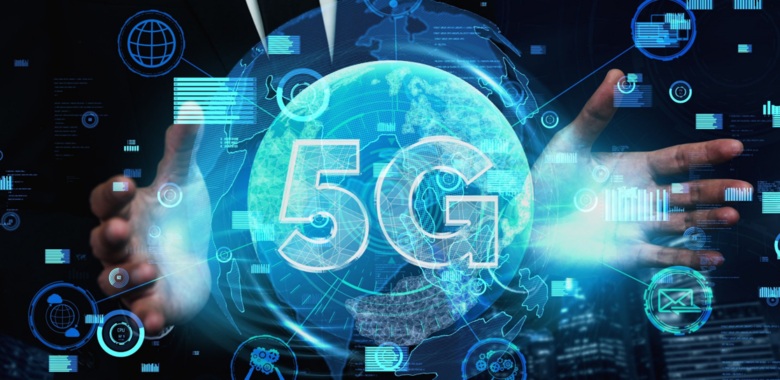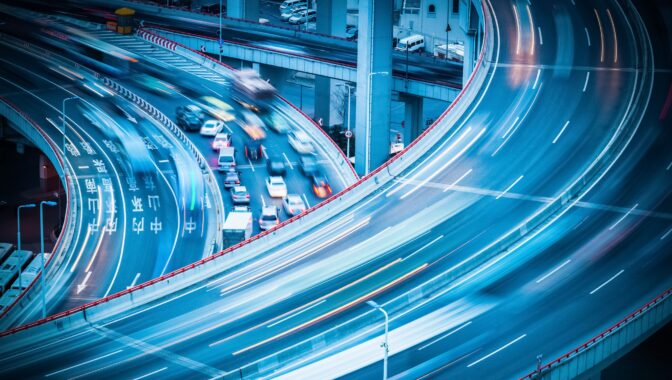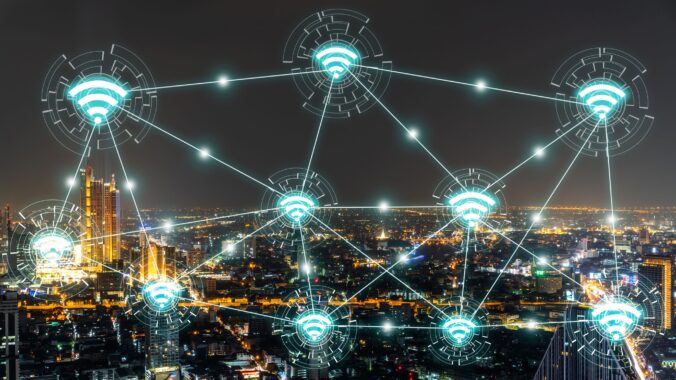This year’s European Utility Week represented an exciting opportunity for manufacturers and service providers to showcase the latest developments in the utilities space. With so much of the world’s attention rightfully focused on the climate crisis, and especially on reducing the impact of household emissions on the environment, the most recent event detailed numerous innovative technologies that are helping to mitigate environmental impact at home – as well as interesting developments in the provision of data and grid management, among others. Here are five key takeaways from this year’s event, which took place in Paris, France.
Benchmarking the shift to renewable energy
The move to renewable energy has already been well underway for the last few years, but this year’s EUW event was a chance to showcase just how much the industry has moved in that direction. The environmental reasons behind this move are more than compelling, especially looked at through the lens of utilities provision – in fact in the UK, 40% of emissions now come from households. Then there’s the added consideration of limitation of non-renewable sources, which make this move an absolute must.
In light of this, much of this year’s event centred on new sources of energy, as well as innovations in those fields – from solar panels and windmills to electric cars. There was also a look at how we can make better use of our current resources by leveraging well-balanced grid management, which is improving all the time thanks to increased transparency around supply and demand.

Francis D’Souza, VP Strategy – Analytics & IoT at Thales, speaks at this year’s EUW
Effective grid management needs transparency and security
Grid management is a key part of making sure energy provision is both efficient and more environmentally friendly – which is a topic that repeatedly cropped up at this year’s event. Those in charge of the grid need to see who is producing what, as in the future, energy production will be judged by what is required at the individual household level. This then allows grid controllers to see whether there is any excess in terms of the energy supplied, and if there is something left to be sold once the household’s needs are completed.
This should be combined with a very transparent view of the needs of the people to make sure that production loads map as closely to demand as possible. They also need to give a clear indication to people on what they are spending and when energy is available, so that households can better consume and spread their energy usage.
In light of this, grid managers should receive accurate data from household and buildings’ electricity needs, in real-time, to best adjust. This means that devices need 24/7 reliable connectivity. Device connectivity and performance should be monitored carefully, to ensure that devices are working optimally, and according to highly demanding SLAs. Connected meters and the data they generate should also be protected to make their way to the grid manager, in a secure and efficient manner.
Giving consumers more control
As consumers become more environmentally conscious, they are also becoming more engaged with their own energy consumption. While some are physical participants in determining where they source their energy from, such as those who have installed solar panels at home, the wider populace is equally becoming more conscious of when and what they should consume.
This year’s EUW sought to tackle the question of how to handle more control to consumers – and bridge this prevailing knowledge gap. The availability of resources at a point in time should be transparent to consumers, allowing them to make choices about when to best consume more energy, or if their energy consumption can wait a bit until the demand is slowing down.
Smart meters as a service
This year’s event also addressed another key trend in the utilities space – namely that of smart meter providers offering end-to-end services, rather than just the provision of the unit itself.
This is an interesting and important shift, not least because it looks set to improve the total user experience of smart meter ownership. As a result, it will mean that smart meter manufacturers are also responsible for providing the right connectivity and making sure the continued connectivity performance levels are satisfactory. It will also mean that they respect SLA (service level agreements) and that the costs are at or below the business case calculation. From a consumer point of view, it will also mean that the providers are integral in making sure the Total Cost of Ownership doesn’t increase.
Leveraging cellular networks for high-quality data capture
To achieve the above trends, grid managers are looking at getting more accurate data in real-time to effectively manage the grid and make the best decisions for a good balance of energy demand and supply.
With the widespread uptake of smart meters, devices should be able to generate data and alerts in case something is suspicious or going wrong; if grid managers have implemented the right predictive and prescriptive analytics tools, they will be able to react quickly – such as if a strange device behaviour is highlighted, or if a software update is needed. They should be able to retrieve accurate data from the smart meters in real-time and analyse it in an efficient way. This will help them to push any requested updates to their fleet of meters, remotely, to avoid costly truck roll replacements or repairs.
The provision of real-time, accurate data is key if smart meter manufacturers are to make the jump to becoming service providers. But even more importantly, the data that is generated needs to be protected to make sure that what the grid receives isn’t manipulated – which could lead grid managers making the wrong decisions. As EUW highlighted, meters therefore need to be designed with security as a top priority to make sure the infrastructure is always secure. Thales’ Trusted Key Manager, which we showcased at the event, can help secure smart meters by ensuring mutual digital authentication of key energy actors and encryption of all data.
To find out more about European Utility Week and how your smart energy device can achieve end-to-end security, connect with Francis D’Souza



